Most American presidents come into office seeking to expand their support beyond their most loyal voters. But among the many peculiarities of the Trump presidency is his lack of interest in expanding his base, a fact that is even more surprising for someone who lost the popular vote by nearly 3 million and carried his key electoral college states by less than 100,000 votes. The story of Trump and his base has two sides.
In 2016, Primaries Project exit polling showed that 15.2 percent of Democratic voters participating in competitive primaries were aged 18–29, compared to just 8.3 percent of Republican voters.
So far, the Republican primaries have illustrated Trump’s strength in the base of the Republican Party. The defeat of Congressman Mark Sanford (R-S.C.), only the second incumbent to lose a primary this year, was attributed to his criticisms of Trump and a last-minute endorsement by the president of his opponent, Katie Arrington. In the second congressional district in Alabama the incumbent Martha Roby was forced into a runoff, and most press accounts claim that she didn’t win her primary outright because she rescinded her endorsement of Trump after the Access Hollywood tape was made public in advance of the 2016 presidential election. In Virginia, a pro-Trump Senate candidate with alleged white supremacist leanings, Corey Stewart, won his race to take on incumbent Democrat Tim Kaine. And a few weeks ago, in the West Virginia primary, Trump succeeded in getting a recently imprisoned coal executive out of the race in order to clear Attorney General Patrick Morrisey to run against Democratic Senator Joe Manchin. Loyalty to Trump among the Republican base is looking so strong that it led Republican Senator Bob Corker (R-Tenn.), a Trump critic who is not running again, to tell reporters “It’s becoming a cultish thing, isn’t it?”
Here at the Primaries Project we are studying everyone who runs in a Democratic or Republican House party primary. So far there have been primaries in 26 states and we’ve looked at 554 Republican House candidates. As the following table illustrates, 42 percent mention Trump positively on their websites and another 9 percent mention him in a more neutral fashion. Very few candidates mention Trump negatively and 47 percent don’t mention him at all.
| President Trump Mentions by Republican House Candidates in 2018 (26 states so far): | |||||
|---|---|---|---|---|---|
| Positive Mention | Complicated/Neutral Mention | Negative Mention | No Mention | ||
|
233 (42.1%) |
50 (9%) |
11 (2%) |
260 (47%) |
||
| N=554 | |||||
By way of comparison, 68 percent of Democratic candidates in 2016 did not mention their incumbent president, Barack Obama. Of course, it wasn’t a midterm year and Obama was leaving office. Nonetheless, it is clear that Republican House candidates are not running away from their president.
On the other side of the coin, however, is evidence of overall erosion in the brands of both political parties. As the following graph of Gallup polls indicates, both political parties find themselves less popular now than they did in 2004 with a substantial rise in those who identify as independents. For the Democrats, party identification peaked in Obama’s first term and then dropped in his second term. For Republicans, party identification took a sharp drop at the end of George W. Bush’s second term and never really recovered. The trend seems to have taken another drop after Trump’s election.

How can we explain what looks to be a long-term decline for the Republican brand? Age, for one thing. From the beginning of the Trump administration the oldest Americans, those aged 50 and over, have consistently given Trump his highest approval ratings while young people aged 18–29 have consistently given him his lowest approval ratings. The chart below by David A. Hopkins of Boston College illustrates this reality. The generation gap keeps showing up in American elections. In the two big governors’ races in 2017, Virginia and New Jersey, younger voters chose Democrats by large margins and older voters went for the Republicans. In 2016, Primaries Project exit polling showed that 15.2 percent of Democratic voters participating in competitive primaries were aged 18–29, compared to just 8.3 percent of Republican voters.
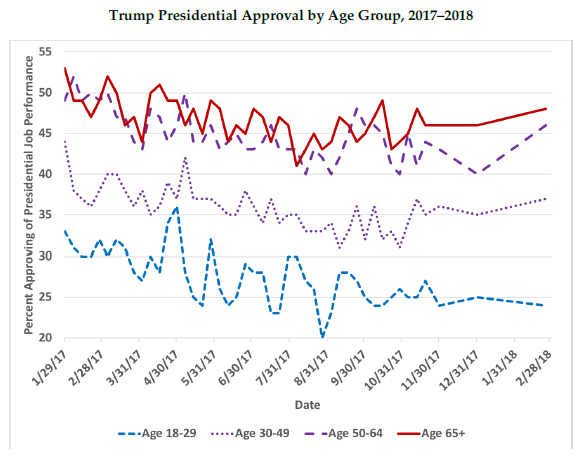
A political party that can’t attract young people, especially in a generation that is as big as the Millennial generation—America’s largest demographic group—is not a party with a very bright future. So although Trump, while focusing on the base, has made the Republican Party his, come November it may not be as much of an advantage.
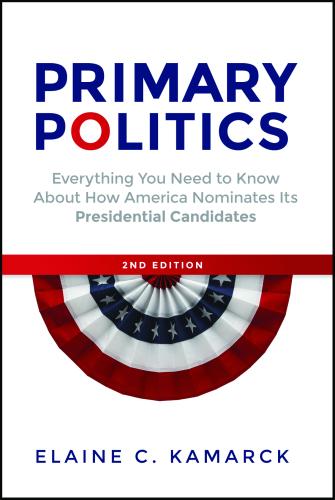
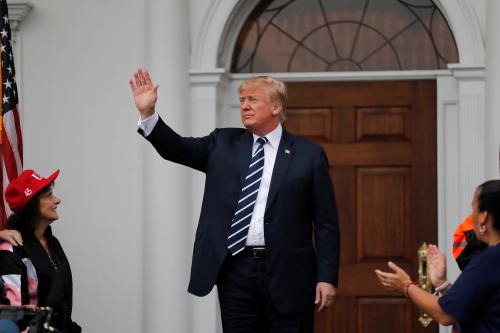
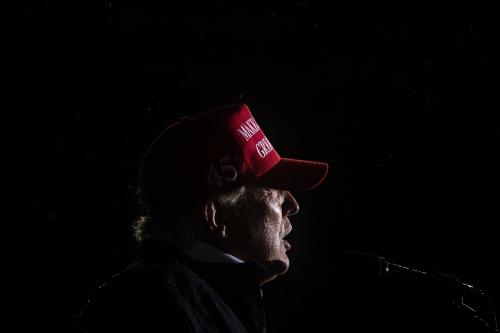
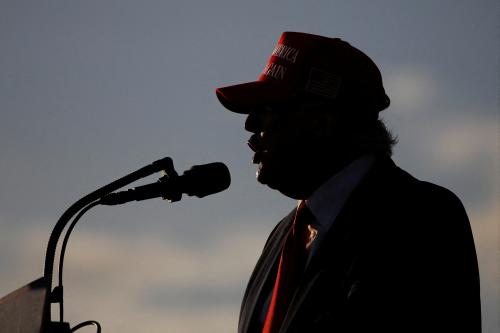





Commentary
Trump owns a shrinking Republican party
June 14, 2018